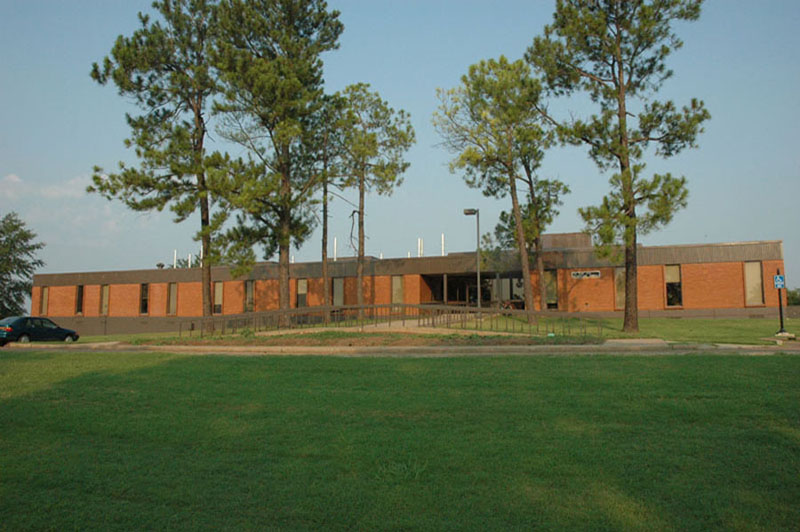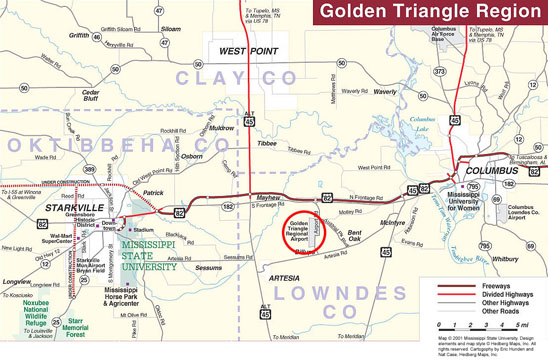Info and Services
HISTORY
The MEM was formed in 1979, under the leadership of Dr. William H. Cross, to combine several private and institutional collections that were present in the state dating back to 1918. The MEM initiated the Mississippi Arthropod Survey in 1982 and the Midsouth Arthropod Survey in 1990, with the latter emphasizing arthropods in unique and threatened habitats in Mississippi, Alabama, and Louisiana.
HOLDINGS
The MEM is a repository for over 3 million specimens and more than 35,000 are added annually. It includes over 6,000 drawers of pinned specimens, 72,000 ethanol vials, 15,500 slides, and 63 holotypes. Geographically, the collection emphasizes Mississippi and the southeastern United States but includes material from all 50 states and 92 different countries. Taxonomically, it comprises 534 terrestrial arthropod families across 56 orders, with the strongest holdings in Lepidoptera, Coleoptera, Hemiptera (Coccoidea, Cicadellidae), Araneae, Acrididae, and Formicidae.
Specimen data are actively being digitized to increase accessibility. To date, we have digitized over 425,000 records, placing the MEM among the 25 largest entomological museum datasets in the world. MEM specimen records have contributed to nearly 700 peer-reviewed scientific publications.
The collection includes the State Plant Board Collection, Mississippi State University Department of Entomology Collection, the USDA-ARS Cotton Insect Collection, the William H. Cross Arachnid Collection, and houses the MacDonald Collection of Panamanian Lepidoptera. Private collections, beginning in the late 1800’s, include those of H.E. Weed, H. Dietrich, J.M. Langston, R.W. Harned, G. Hoke-Lobdell, E.W. Stafford, M.R. Smith, W.H. Cross, L.W. Hepner, B. Mather, and C. Bryson. The MEM acquired institutional collections from the University of Luisiana Monroe and the University of Mississippi.
The MEM also houses a library, historical archives, the Ross E. Hutchins Collection of photographs, the James Solomon Collection of wood damage, and a wild silk collection.
COLLECTION USE
The MEM's main purpose is to support scientific research. Scientists can study MEM specimens either through research loans or on-site visits. Those wishing to visit the collection must contact the director or curator in advance. All researchers are expected to understand and follow standard museum procedures for the proper handling and use of specimens. The integrity of the specimens and their associated data are to be maintained by all who use the collection.
The collection spaces are not open to the general public except by appointment. Exhibition space in the foyer of the Clay Lyle Entomology Building is open to the public during regular business hours (8AM to 5PM). Private tours of the research collection can be arranged by contacting the curator, Adam Haberski at ah3953@msstate.edu. No fees are charged for use of the collection.
Additional information regarding the collection, loans, and donations can be found in our COLLECTION POLICY.
IDENTIFICATIONS
Identifications of unknown pest insects are provided at no cost to residents of Mississippi. Some specimens may be identified only to family or genus depending on the condition of the specimen, available taxonomic references, and comparative material in the museum.
All specimens submitted for identification should be placed within a tight container surrounded by packing material, enclosed in a larger box or mailing tube, and mailed to Dr. JoVonn G. Hill-9775, 405 Garrard Road, Starkville, MS 39759. Submissions should include information on where and when the insect was found, including county, town, and date of collection. If damaging a plant, the name of the plant and description of its damage should be given.
Photographs of insects for identification should be sent to the MSU Extension Insect ID Lab: ext-insectid@entomology.msstate.edu. More information on submitting physical samples and images to the MSU Extension Insect ID Lab can be found on the Mississippi State Extension website: https://extension.msstate.edu/insects/insect-identification.
For identification of moths, go to North American Moth Photographers Group. For identification of southeastern ants go to Ants of the Southeastern United States.
MISSISSIPPI ENTOMOLOGICAL MUSEUM SCREENING CENTER
The Mississippi Entomological Museum serves as the USDA-APHIS Regional Screening Center. The screening center was established to provide taxonomic services to eastern states coordinating with the Raleigh Hub. These services are designed to speed up the identification of possible exotic species. For more info about the screening center: MEM SCREENING CENTER.
LOCATION AND DIRECTIONS
The Mississippi Entomological Museum is located in the Clay Lyle Entomology Building between the Sorority houses and the USDA Crop Science Research Laboratory on the campus of Mississippi State University.
From Highway 82 Bypass to Entomology:
The 82 bypass around Starkville has been completed (dashed line in Golden Triangle map). Take the Bypass to the Hwy 12 -MSU exit (2nd Starkville exit driving from east on Hwy 82, 3rd exit driving from west on Hwy 82 or from south on Hwy 25. After exiting the Bypass and going south, the large, barn-like indoor practice facility and drum-like coliseum will appear on the left. At the first signal light just beyond, turn left and go about 25 yards and then turn right onto a narrow street that goes between some fraternity houses. This narrow street comes to a T, where you do a "dog-leg" (quick right and then back left) to the signal light on the divided Bully Blvd. Go straight through this intersection towards the antebellum style sorority house and bear right up the hill to the Clay Lyle Entomology bldg (MSU Campus map with Clay Lyle Entomology featured).
From the West on Highway 12 to Entomology:
After the Holiday Inn Express on the north side of Hwy 12, go east through 3 signal lights (1st light – Jackson St; 2nd light – Montgomery St., 3rd light – Spring St). At the 3rd light, get in middle lane and go under the overpass for Hwy 12. Turn right at next signal and bear right up to hill to red brick bldg.





